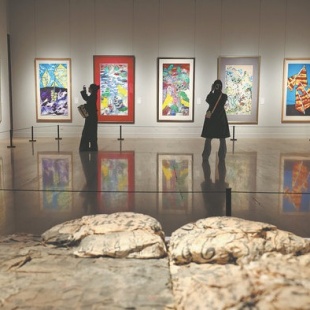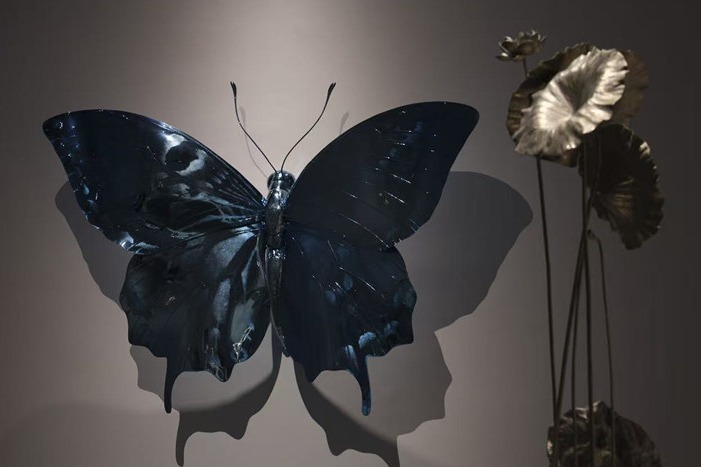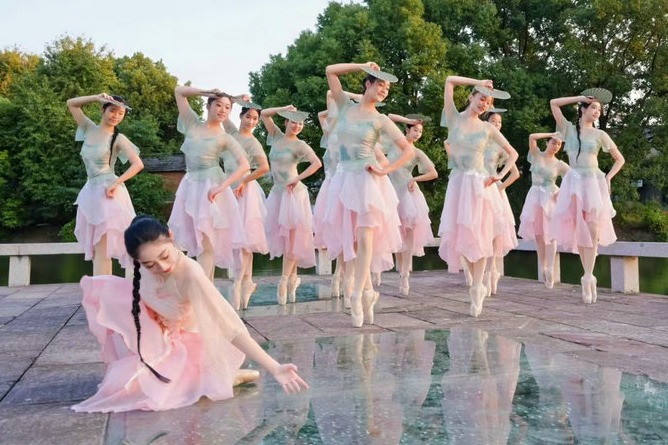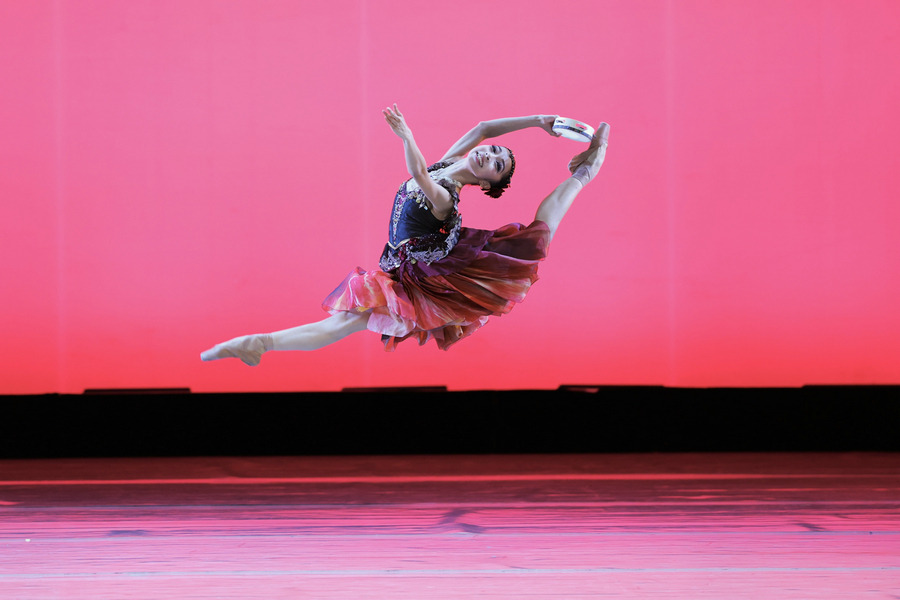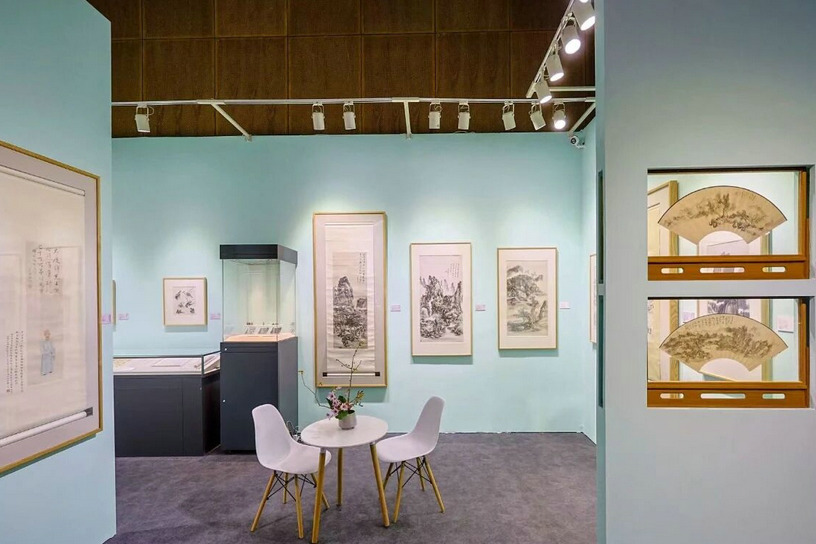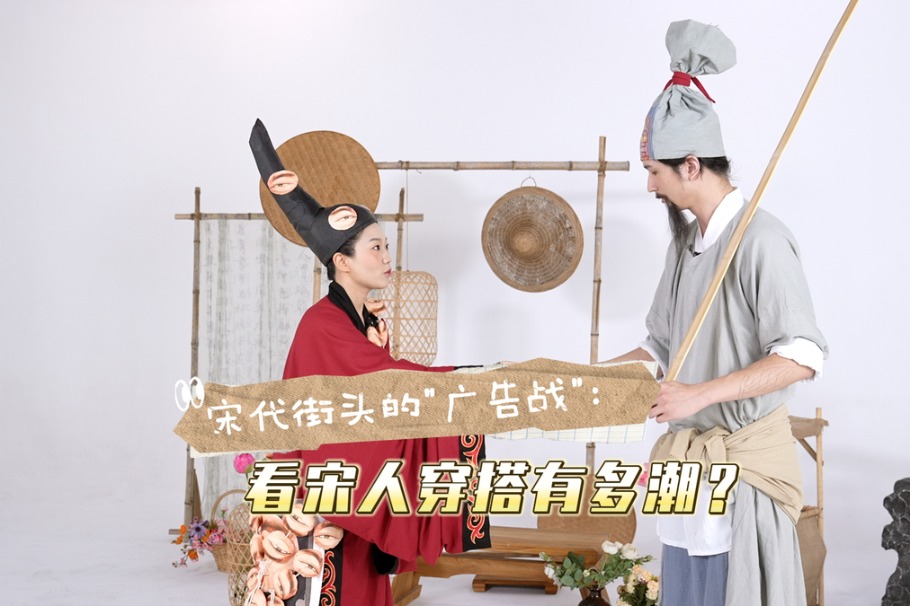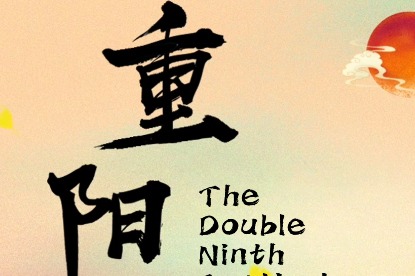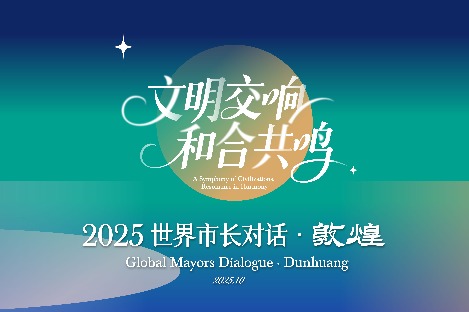Painting the year's hidden rhythms
Exhibition interprets the 24 solar terms with creased paper, vibrant pigments and abstract compositions, Lin Qi reports.

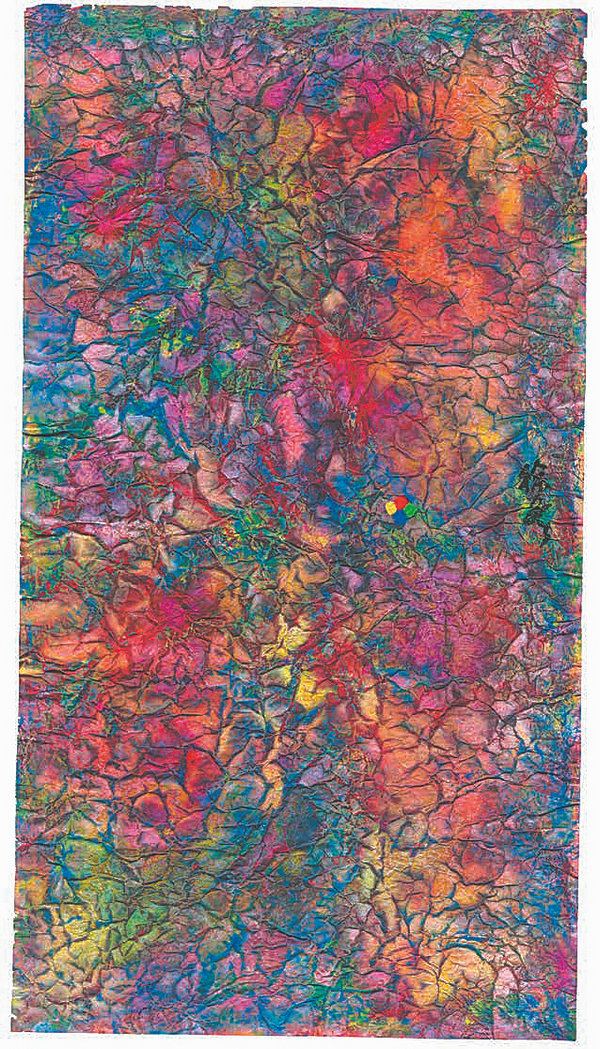
He says these uneven creases in the works represent the motions of qi (the energy, spirit) throughout the year that invigorate all life. "The paintings show the universe as a unity of different lives — an insect awakening to the call of spring or a tiger roaring in snow, a sudden rain cooling the summer heat or a storm at the beginning of fall. All are alive, beautiful and equal, achieving harmony with nature, an essential belief in Chinese philosophy."
The last time Xu held a solo exhibition at the National Art Museum of China was in late 1987. At the event, he "felt greatly encouraged as a younger-generation artist" — he was then 28 years old — to share his vanguard art experiments.
Born into a family of teachers and doctors, Xu forayed into the world of art at an early age, beginning with studies of classical Chinese paintings. His career, which has spanned nearly five decades, exemplifies the multiple orientations of an artist of his age, from traditional to contemporary methods, from two- to three-dimensional mediums.
The current exhibition also shows his evolution since the 1970s. The ink paintings in the classical style reveal the lessons he learned from ancient artists — how they viewed the position of humans in the universe. Works from the 1980s onward show his exploration of abstraction. A signature paper sculpture, Charm, features crinkled sheets of paper, written with calligraphic chapters, resembling the piles of strange stones in a classic Chinese garden.


